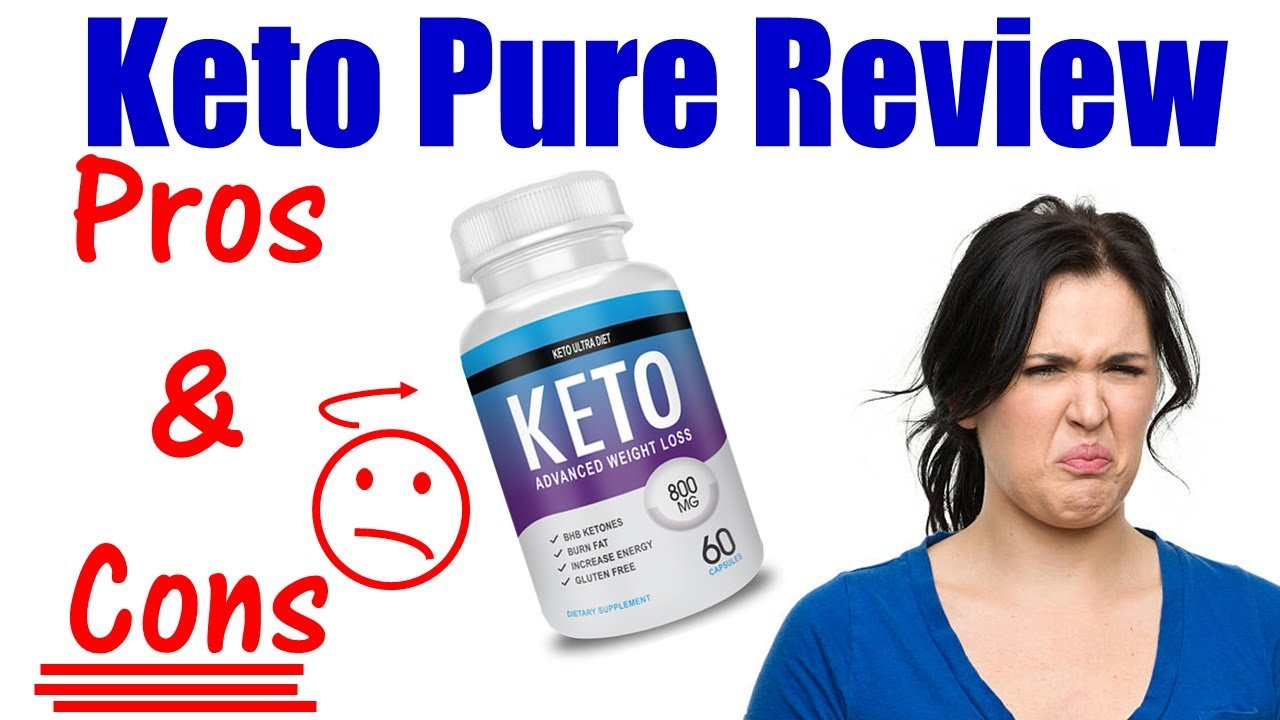
There is nothing more disappointing than a sunburn, talk about a summer buzz kill! Yes, none of us mean to get them, the summer sun sometimes is just too irresistible and maybe accidentally just dozed off and overstayed our welcome in the sunshine.
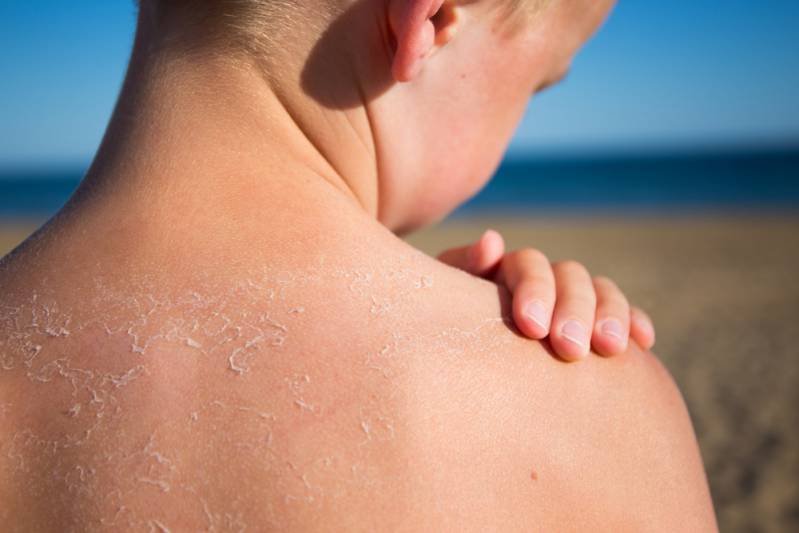
No matter what your reason for your sunburns, it’s completely okay, they can happen to anyone. But it’s important to take cautious measures to prevent it from happening again especially considering the increased risk of melanoma with the number of times your skin is exposed to sunburns (usually five or more) notes skin cancer. Org.
This a radiation burn that affects living tissue like the skin. Sunburns result from overexposure of the skin to ultraviolet rays.
The common symptoms as noted in Wikipedia include
Usually, the short-term symptoms appear after several hours of sun exposure, but the full impact of skin damage due to sun exposure might take 24 hours to completely manifest notes health line.
However, the long-term impacts such as the increased risk of skin cancers may take longer periods to actualize.
The healing time is highly dependent on the severity. This means that mild sunburns will heal faster as compared to a severe one notes health line.
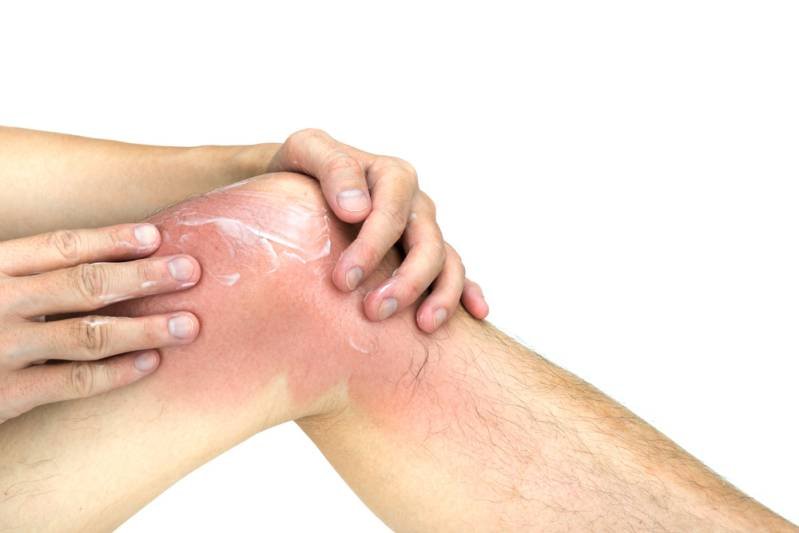
This type is characterized by mild redness and pain that lasts between 3-5 days. It may include some skin peeling during the last day of the healing process.
These kinds are more painful as compared to mild ones and take approximately a week to completely heal, however, the skin will continue to peel for a couple more days.
Moderate ones are characterized by swollen, reddish and hot to the touch skin.
this is the most extreme kind of sunburn and may require a visit to the doctor. It’s usually characterized by extremely painful blisters, very red skin, dizziness, pulses, dehydration, and chills.
Severe cases usually take approximately up to two weeks before healing completely: if you are not hospitalized, you will be required to stay at home as you heal.
There are factors that generally affect the duration of the sunburn healing process. This means that the healing process will not be the same for everyone depending on the following factor as noted in Healthline:
Everyone has a different skin type, some which react slowly to UV rays and others quickly get affected by sun exposure. Fair skin-toned individuals are more susceptible to sunburns as compared to darker skin-toned individuals: this is because of the presence of melanin in the darker skin-toned people as compared to the light or fair-skinned people.
Exposing yourself to the sun from mid-morning to afternoon (usually between 10 a.m to 3:00 p.m.) is very dangerous since during this time ultraviolet rays are extremely intense.
Additionally, locations with high altitudes, ozone holes, and heavy winds should be avoided as they increase the risk of getting a sunburn.
Taking certain types of drugs may increase the susceptibility of your skin to sunburns.
What are some of the impacts you expect as you are healing from a sunburn?
the redness starts to show after 2-6 hours of being exposed to the sun. usually, the redness becomes extreme after 24hours but decreases between the next 1-2 days.
However, in severe cases, the redness may take longer to subside.
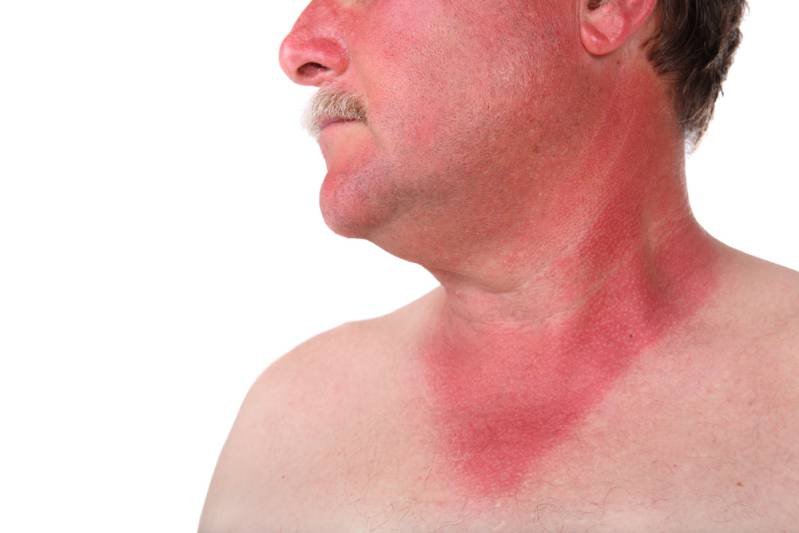
Pain from sunburn usually manifests within 6-24 hours and decreases after 48hours.
However, if the pain becomes overbearing you can use the over the counter pain relief medication such as ibuprofen or aspirin or use cool compresses.
Swelling from sunburns usually takes two or more days depending on the severity.
However, you can use anti-inflammatory drugs such as ibuprofen or corticosteroid to reduce the inflammation notes health line.
Regardless of the severity of the sunburn, blisters start showing from 6-24 hours after sun exposure, but in some cases, takes more than one day to manifest on the skin.
Blisters may take up to a week before they subside. It is advisable not to pop the blisters because it is a protective mechanism of your body to allow proper healing for your skin.

Therefore, breaking them will only prolong the process and makes you more susceptible to infections.
However, if the blisters do break, clean the area gently, with mild soap and water, then cover using a wet dressing. Don’t expose the blisters to the sun to expedite the healing process.
Flaking and peeling off of skin due to sunburn usually occurs after 3 days of exposure. Once the process starts, it will last for some days until the skin becomes completely healed, normally takes about 7 days regardless of the sunburn severity.

It’s advisable to drink a lot of water in order to assist the healing process of your skin. Gently remove the dead skin cells from your peeling skin and do not exfoliate or pull the skin, let it shed on its own.
A sunburn rash takes up to 6 hours after exposure and usually last up to 3 or more day depending on the severity.
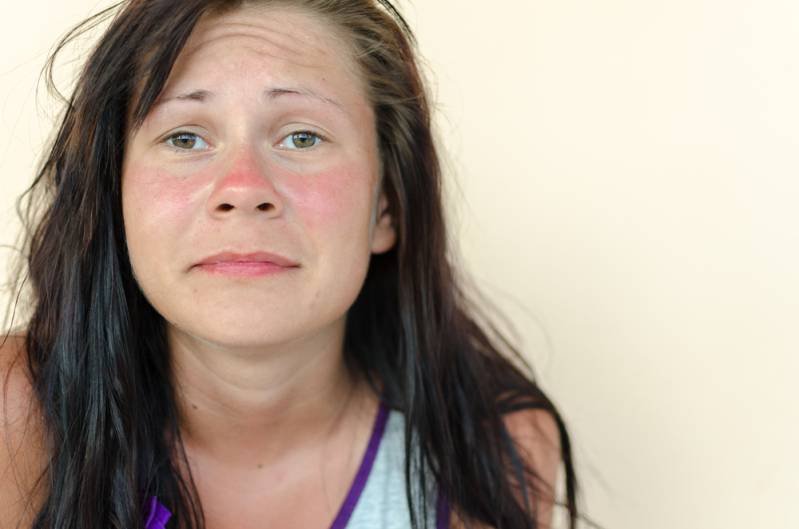
You can use a cool compress and some Aloe Vera gel to relieve your skin and expedite removal of the rash.
However, if you develop severe rashes also known as sun poisoning, it is advisable to see your doctor for proper treatment. Symptoms of sun poisoning include blisters, nausea, fever, vomiting, rash and rapid pulses as noted in health line.
However much the symptoms are temporary, the damage is permanent. The long-term negative impacts of sunburn to our skin as well our DNA include wrinkles, premature aging, skin cancer and sunspots.
Always remember to protect your skin with sunscreen, hats, sunglasses, and sun-protective clothing if you are headed outside.

If your sunburn is accompanied by fever and/or any of the symptoms mentioned below: